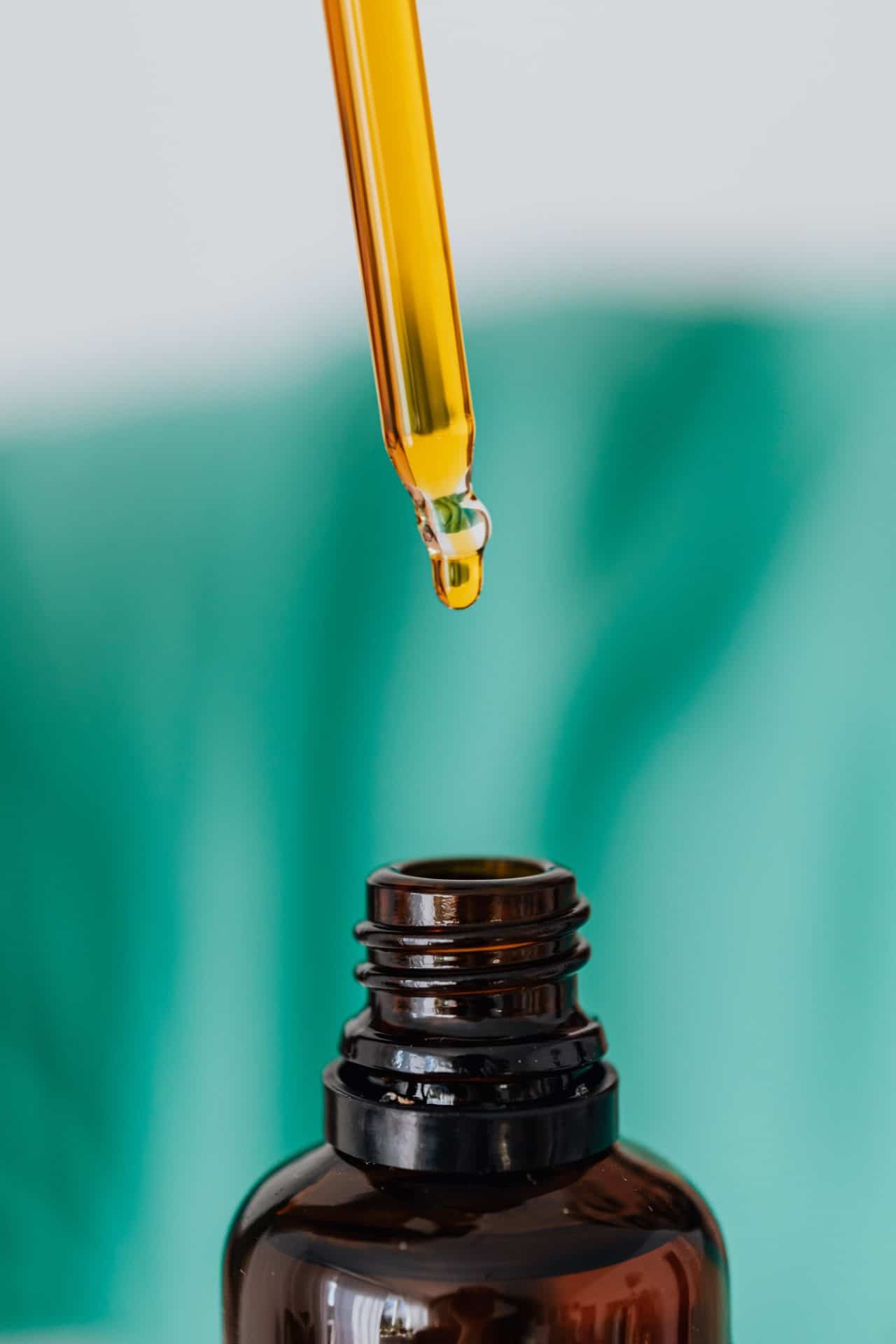Jump to:
- What are terpenes?
- Which cannabis products can terpenes be added to?
- How to add terpenes to cannabis products
- Part 2: Basic terpene lab tools and definitions
With terpenes naturally occurring in the cannabis plant, you might be wondering: “what roles do terpenes really play?” Adding specific terpenes to your cannabis products is a great way to target specific characteristics felt in your “high.” Lock in; here’s our guide on how to add powerful, cannabis-extracted terpenes to your daily rotation.
What are terpenes?
Terpenes are naturally occurring aromatic compounds found in many plants, but they’re especially common in the cannabis plant. The compounds are responsible for many of the characteristics that make certain strains desirable, and they overall provide a significant boost to the flavor and benefits of cannabis consumption.
When sold by themselves, terpenes are like extremely concentrated essential oils. They’re extracted from plants much like essential oils, but they’re produced at much more concentrated levels.
Which cannabis products can terpenes be added to?
Terpenes can be added to virtually any cannabis product. Try adding them to:
- Dry Bud (Flower): Terpenes can enhance what the flower already does, or they can improve a subpar flower (e.g. a lackluster strain, an old, stale or dry bud).
- Distillate: Terpenes concentrations can reinfuse many of the plant’s terpenes that get boiled off during the distillate process.
- Shatter: Terpenes can enhance shatter if added properly (see below)
- Oils: Terpenes may enhance the natural benefits of oils, and they can be especially effective at promoting sleep.
- Drinks: Terpenes is easy to drinks and vape juice, as they dissipate throughout the liquid.
- Concentrates: Terpenes can improve the flavor of concentrates that aren’t accurate to their supposed strain, especially if the terpenes are accurately matched to the strain.
There are still more cannabis products that terpenes help. In short, they can improve cannabis no matter how you prefer to consume it.
How to add terpenes to cannabis products?
Because terpenes are so concentrated, even a minuscule amount can have an oversized impact. It’s easy to add too much and ruin a product, but a judicial amount will have great benefits. In other words, error on the side of less rather than more whenever you add these.
As a general guideline, aim to add 2 percent of the cannabis’ weight in terpenes. If you have 1 gram of cannabis, 0.02 grams should be good. Some people prefer less (1 percent) and some like more (up to 5 percent), but 2 percent is a good place to start.
More specifically, here’s how to add terpenes to cannabis products:
- Pipe Bowls: Lightly coat the bowl with 0.2 milliliters, and then add 1-2 drops per cannabis gram.
- Grinder: Add 1-2 drops per cannabis gram, and grind with the flower for smoking or vaping.
- Concentrate/Distillate: Add, and leave overnight so that the terpenes dissipates.
- Shatter: Follow the 2 percent guideline, but base this off of the shatter’s pre-dried weight.
Add Terpenes to Your Cannabis
To begin adding terpenes to your cannabis products, find the ones that best suit your preferences. We have a selection of terpenes to choose from.


